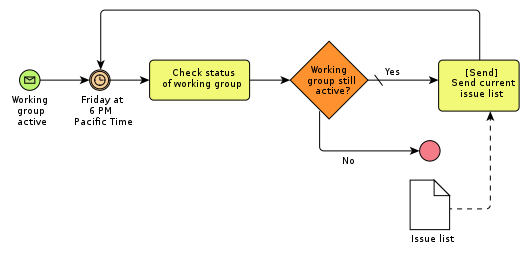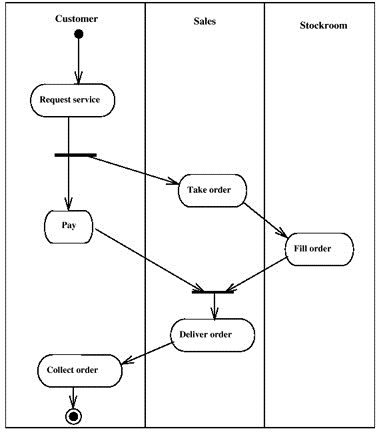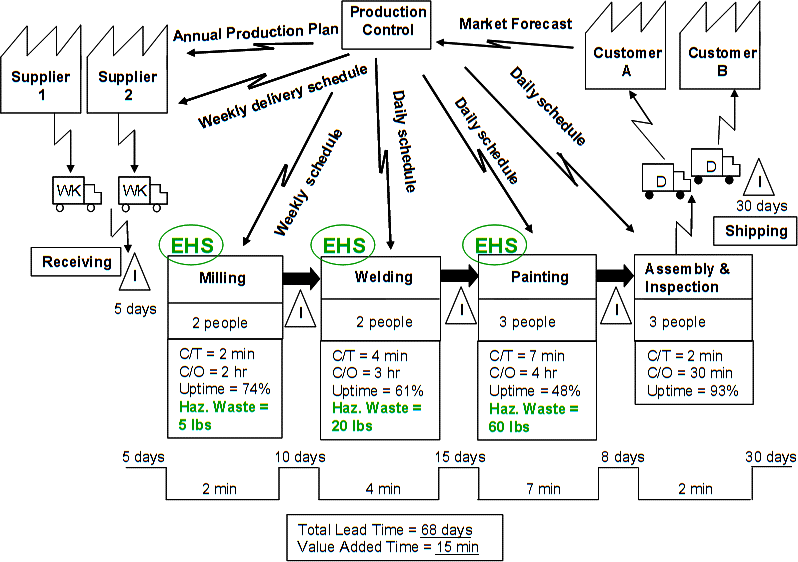Successful companies and organizations have to have strong organizational methods which will keep them organized and improve their effectiveness. But you may wonder how do they get their employees to share the same vision which will lead them to success?
Business process mapping is one of the most effective methods for presenting how the business process can be determined. Visualization helps your team members to get a better understanding of how the business functions, its strengths and weaknesses, and what they need to focus on in the future. If you got curious about business process mapping, this guide will show you which steps you need to take if you want to successfully introduce business process mapping to your company.
Before we get to the seven essential steps, let’s quickly address the benefits of business process mapping and unveil the purpose behind it.
The Reasons Why We Map Processes
There are countless benefits of business process mapping. The following reasons are just some of the many advantages you will encounter if you decide to embrace this method.
- Enables everyone to see the process in the same way.
- Helps employees to visualize their roles
- Builds understanding between areas that are cross-functional
- Decreases errors of procedure
- Helps everyone to have an understanding of the “current state” of the company
- Enables development of metrics
- Helps to identify areas that are causing inefficiencies
- Supplies evidence for regulatory standards in terms of compliance
Now that we have covered the upsides of business process mapping, we can go ahead and get acquainted with the steps which lead to successful map processes.
5 Steps for Business Process Mapping

Step 1: Differentiate Types of Business Process Maps
The type of map you will use depends on what you want to portray with it. Process maps range from planning activities, details, documents, products, roles, locations, strategies, and interactions.
In addition, the level of detail you want to achieve is also an important factor. In order to fully exploit the benefits of business process maps, you need to choose the right one depending on what you’ll use it for.
Here are some examples of map types for business processes:
Flowchart – This is the simplest type which shows graphic illustrations of your process. The three most popular flowcharts are:
- Top-down flowcharts
- Deployment flowcharts
- Detailed flowcharts
Flowcharts can provide a fresh perspective to your business processes and help you to determine the tasks that slow down work and reduce productivity.

Swimlane Diagram – This map has a similar function as the flowchart. The difference is that the swimlane diagram divides each step between different teams or individuals who are responsible for them. This allows everyone to have a very clear overview of the processes.

Value stream map – It is often used in lean six sigma applications. However, these maps are much less straightforward to analyze at the first look. They are potentially more useful for a more in-depth look into a process, but the initial impression of their complexity makes them less commonly used.

Step 2: Identify the Process
Once you decide which map suits you the most, the next step is to decide which processes you want to depict.
Start by thinking about the process that’s critical to your business and which you want to improve.
Clearly identify the project improvement goals.
Step 3: Identify, Educate, and Engage Process Teams
In order to successfully accomplish any goal, project, or process, you need to have the right team on your side.
You should engage employees who work within the process you want to work on.
Considering their experience in that particular field, they can have valuable ideas on how to improve the process.
Step 4: Gather Information
Without necessary information, there is nothing to be mapped out. Search and dig out all the details you can find because they are essential for creating a comprehensive and credible map.
Identify all of the steps, meaning that you need to be aware of who, what, when, where and how it’s all occurring.
Step 5: Interview Participants and Stakeholders
You won’t be able to understand the processes if you don’t talk to the people who are involved in them.
This will allow you to identify problem areas and which processes have room for improvement.
Interview as many participants as you can because they will all share their own perspective. A large amount of information will help you to gain a more objective picture.
It’s important to document the information they share. If you want to organize the interviews you can always find a writing service such as Trust My Paper which can take your interviews and turn them into well-structured content.
Step 6: Draw the Map and Analyze
Now, it is time to transfer all the information into a business process map. Document all in your Business Process Mapping software which will be the basis for in-depth analysis and interpretation.
Using Business Process Mapping software is the easiest, more consistent, and scalable way to draw up the map and analyze the findings.
Step 7: Monitor Improvements
Creating the map isn’t the final drop in this process. It is crucial that you follow the development of the processes after you have shared the map.
By doing this, you’ll be able to identify whether your findings are correct.
Business process mapping is not a one-time thing. Only through constant monitoring and improvement can you expect to see the difference.
Some Final Thoughts
This essential guide has provided you with the theory for a successful business process mapping. After you acquire a complete understanding of this process, it is time for you to turn the theory into action.
Follow each of the steps carefully and methodologically. Through effective process mapping, you’ll be able to achieve significant and sustainable improvement.
Author: Marie Fincher
















